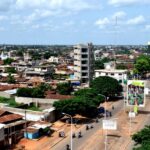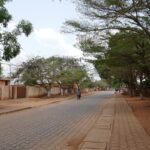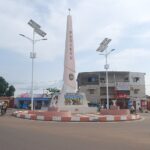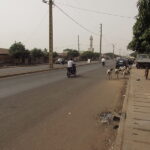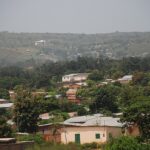Cotonou
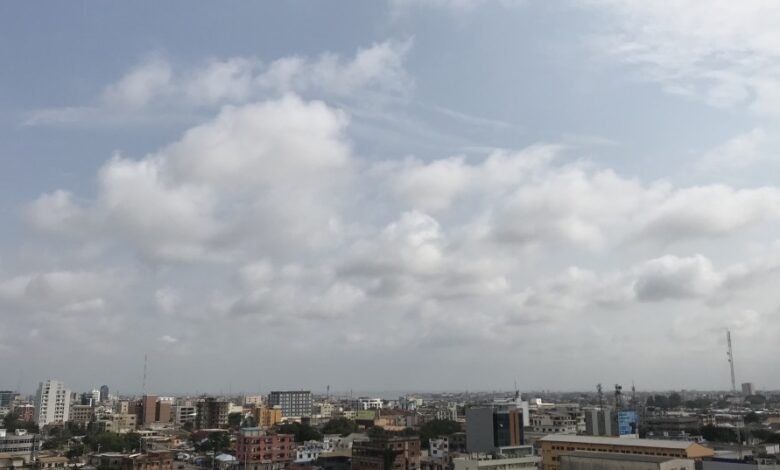
Learn more about Cotonou, a large port city in Benin. It is situated along the Gulf of Guinea. Once a part of the Dahomey Kingdom, this region serves as the origin of the Benin-Niger Railway. The railway stretches northward for 273 miles (439 km) into the interior but concludes in the middle of Benin at Parakou.
Beyond Parakou, goods can be transported an additional 200 miles (322 km) by road to reach the navigable Niger River. This city boasts modern artificial deepwater port facilities, catering to Benin and its neighbouring country, Togo.
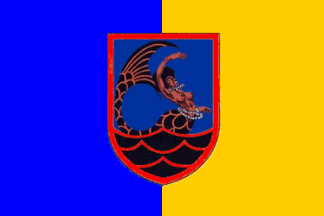
Map view
Discover popular Hotels
More about Cotonou
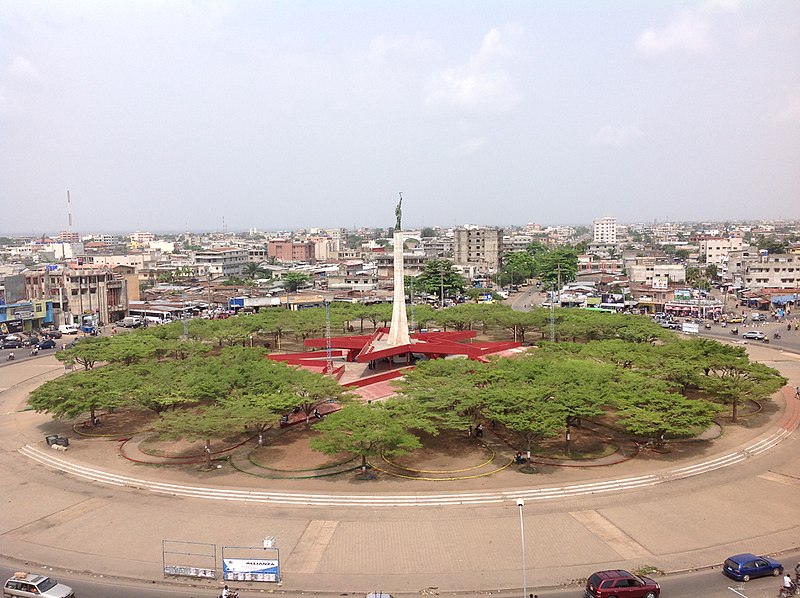
| ID |
|---|
| 9791 |
| Name |
| Cotonou |
| State ID |
| 3081 |
| State Code |
| LI |
| State Name |
| Littoral Department |
| Country ID |
| 24 |
| Country Code |
| BJ |
| Country Name |
| Benin |
| Latitude |
| 6.36536000 |
| Longitude |
| 2.41833000 |
| WikiData ID |
| Q43595 |
